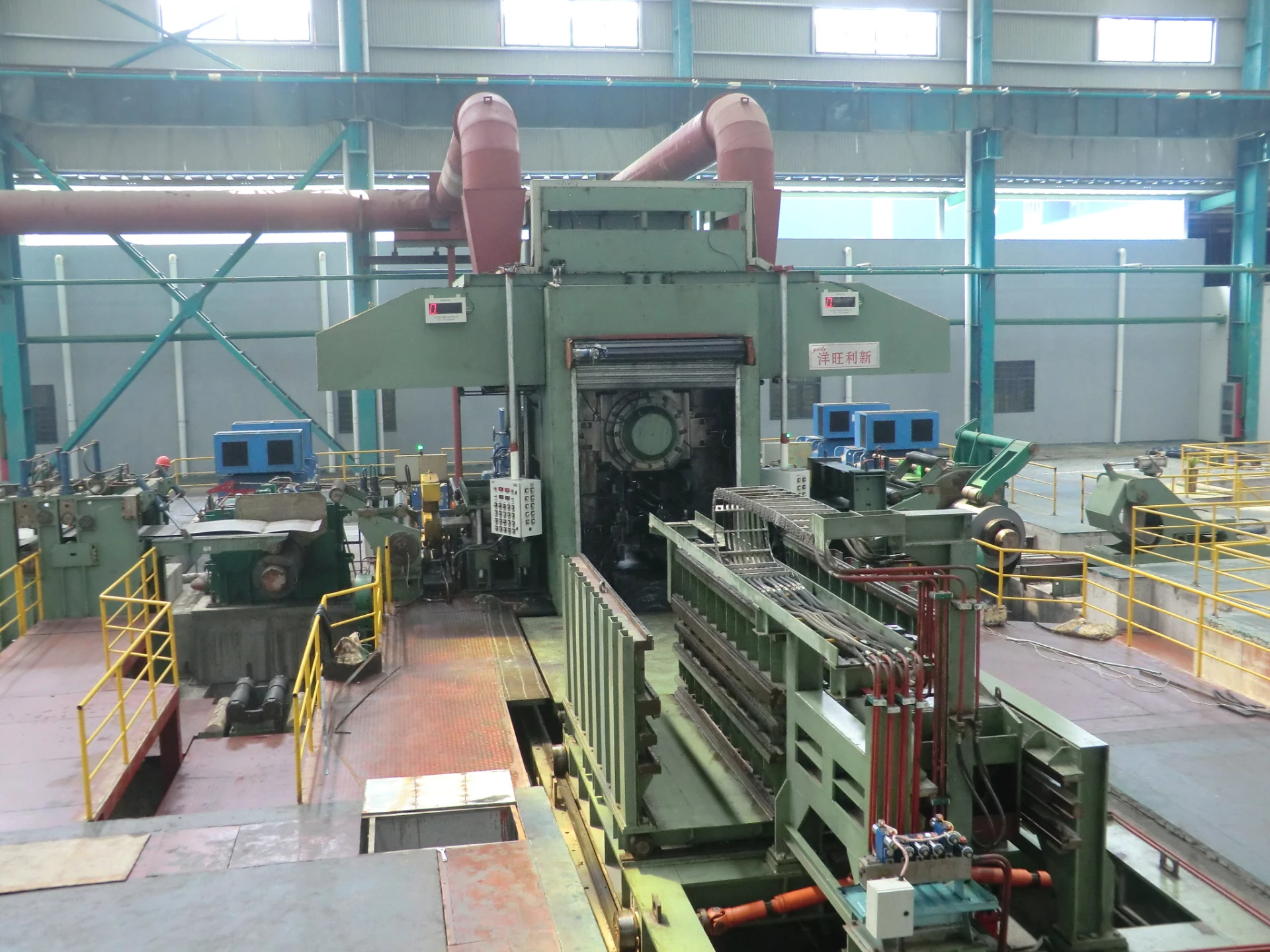
Reversing Rolling Mill 4Hi/6Hi: Precision, Low Downtime?
Four/Six-Hi Reversing Cold Rolling Mill: Field Notes, Specs, and What Buyers Are Really Asking
If you’ve spent any time in a coil yard (and I have, more than I planned), you know the heartbeat of a modern strip line is the reversing rolling mill. To be honest, the category hasn’t stood still—controls got smarter, pass schedules leaner, and the bar for flatness keeps moving. YWLX’s Four/Six-Hi unit we looked at in Beijing feels like that quiet workhorse many customers say they want—less drama, more throughput.

What it is (and where it’s built)
Product: Four/Six-Hi Reversing Cold Rolling Mill by YWLX. Origin: No.1518, LAR Valley Int’l, Guangwai Avenue, Xicheng District, Beijing, 100055. The Six-Hi variant is the one operators in China keep talking about for silicon steel and stainless—surprisingly forgiving, even on tricky coils.
Quick spec snapshot
| Parameter | Typical Four-Hi | Typical Six-Hi |
|---|---|---|
| Strip width | ≈900–1150 mm | 900/1150/1380 mm |
| Entry thickness | 3.0 mm (SPHC) | 3.0 mm (SPHC); 0.63 mm (Si steel) |
| Exit thickness | ≈0.25–0.20 mm | 0.20 mm (SPHC, 6 passes, no inter-anneal); 0.26 mm (Si steel, 2–3 passes) |
| Passes | 4–6 | 2–6 depending on grade |
| Max speed | ≈800 m/min (real-world may vary) | ≈1000 m/min (grade-dependent) |
| Controls | AGC, work roll bend | Hydraulic AGC, AFC, work/intermediate roll bending & shifting |
Process flow (how teams actually run it)
Materials: carbon steel (SPHC), oriented/non-oriented silicon steel, stainless strip. Methods: multi-pass reversing rolling mill schedule with tension control, roll-bite lubrication (emulsion), online thickness/flatness feedback. Testing: thickness per ISO 9445; for electrical steel, magnetic properties per IEC 60404 series; surface finish Ra typically ≈0.3–0.5 µm after skin-pass, if applied. Many lines report availability around 95–97% with smart roll campaigns; work-roll life per grind ≈6–20 hours depending on grade and roughness.
Service life: stand frames 20+ years with planned overhauls; bearings often 5–10 years; shape meters and coolant systems depend on upkeep—no surprises there. Industries: automotive and appliance sheet, transformer cores (GO), EV motor laminations (NO), kitchenware stainless—quite a mix.
Why Six-Hi matters
The Six-Hi reversing rolling mill gives you extra shape control for silicon steel and stainless—intermediate roll shifting helps tame edge wave and center buckle. In fact, one Beijing service center shared that flatness improved to single-digit I-units on their acceptance runs (sample data, process-dependent). Thickness tolerance routinely hit ≤±0.004–0.006 mm on 0.25 mm strip under steady conditions—again, your emulsion and roll crown make or break this.
Vendor landscape (short version)
| Vendor | Strengths | Typical lead time | Notes |
|---|---|---|---|
| YWLX (China) | Cost-performance, China support, Six-Hi for Si/stainless | ≈8–12 months | Good fit for regional steel service centers |
| SMS group | High-end automation, global references | ≈12–18 months | Premium pricing tier (indicative) |
| Primetals | Advanced shape control, digital twins | ≈12–18 months | Strong SI ecosystem |
| Danieli | Integrated plant solutions | ≈10–16 months | Wide reference base |
Lead times and pricing are indicative; real-world use may vary with scope and automation.
Customization checklist
- Widths: 900/1150/1380 mm; coil weight 15–30 t.
- Automation: hydraulic AGC/AFC, roll bending, shape meter, data historian, remote diagnostics.
- Grade packages: silicon steel (GO/NO), stainless (e.g., 304/430), low-carbon deep-draw.
- Safety/Compliance: CE options; QMS typically ISO 9001 certified.
Case notes from the floor
A North China line running the Six-Hi reversing rolling mill reported SPHC reduction 3.0 → 0.20 mm in six passes without in-process annealing; silicon steel 0.63 → 0.26 mm in 2–3 passes. Operators liked the pass predictability; maintenance flagged coolant cleanliness as the make-or-break variable (no shock there).
Authoritative standards and references
-
YWLX’s 1450mm Six-Hi Reversing Mill Goes Live in BangladeshNewsNov.24,2025
-
Adjusting Roll Gap in 6Hi Reversing Cold Rolling Mill for Thin StripNewsNov.13,2025
-
Quality Control Standards for Automatic Gauge Control in Strip RollingNewsNov.13,2025
-
Effect of Skin Pass Rolling on Metal DuctilityNewsNov.13,2025
-
Key Components of a Modern TempermillNewsNov.13,2025
-
Common Wear Patterns of Work Roll in Tandem Cold Mill OperationsNewsNov.13,2025
-
Revolutionary Skin Pass Rolling Technology for Enhanced Steel QualityNewsNov.04,2025










